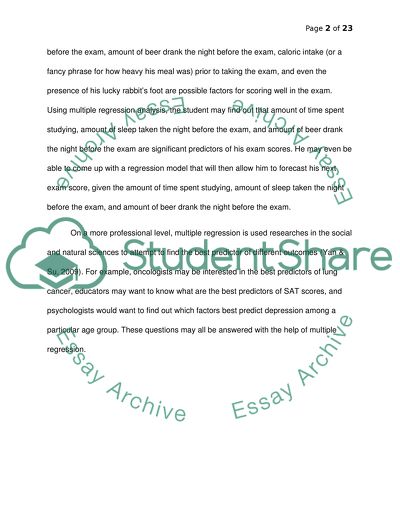Cite this document
(Multiple Regression as One of the Most Widely Used Tools in Term Paper Example | Topics and Well Written Essays - 2000 words, n.d.)
Multiple Regression as One of the Most Widely Used Tools in Term Paper Example | Topics and Well Written Essays - 2000 words. https://studentshare.org/statistics/1411817-multiple-regression
Multiple Regression as One of the Most Widely Used Tools in Term Paper Example | Topics and Well Written Essays - 2000 words. https://studentshare.org/statistics/1411817-multiple-regression
(Multiple Regression As One of the Most Widely Used Tools in Term Paper Example | Topics and Well Written Essays - 2000 Words)
Multiple Regression As One of the Most Widely Used Tools in Term Paper Example | Topics and Well Written Essays - 2000 Words. https://studentshare.org/statistics/1411817-multiple-regression.
Multiple Regression As One of the Most Widely Used Tools in Term Paper Example | Topics and Well Written Essays - 2000 Words. https://studentshare.org/statistics/1411817-multiple-regression.
“Multiple Regression As One of the Most Widely Used Tools in Term Paper Example | Topics and Well Written Essays - 2000 Words”. https://studentshare.org/statistics/1411817-multiple-regression.


